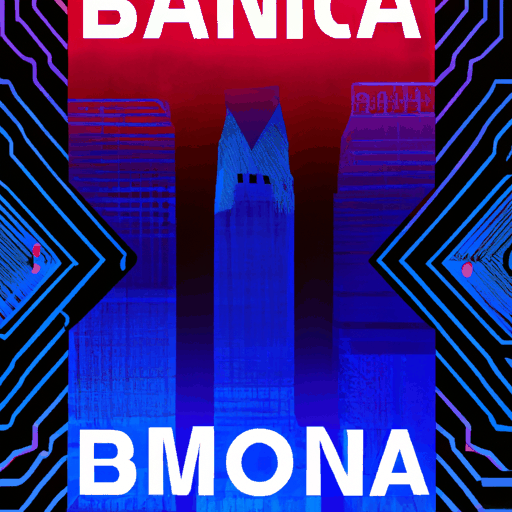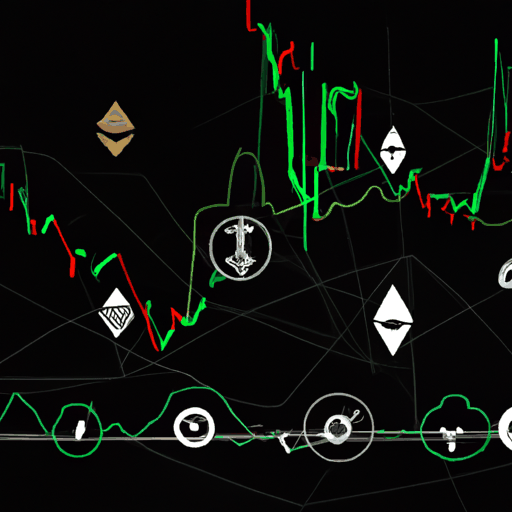
Bank Of America And PayPal Eye Stablecoin Sector Amid Regulatory Prospects
By: Eliza Bennet
Amid the growing interest in the stablecoin sector, traditional financial institutions such as Bank of America and PayPal are making significant strides to forge their paths into this burgeoning industry. With the stablecoin market valued at over $200 billion, these renowned financial giants are strategically positioning themselves to capitalize on the potential opportunities available.
This February, it came to light that Bank of America, one of the largest banks in the U.S. with assets amounting to $2.57 trillion, plans to introduce its stablecoin if the regulatory framework becomes favorable. Bank of America President Brian Moynihan expressed the bank's willingness to step into the stablecoin market as soon as the legal landscape clarifies. Despite the optimism, Moynihan emphasized that regulatory approval is the primary obstacle toward the launch of a USD-pegged stablecoin. He suggested that the bank would become active in the market if such initiatives were made permissible by law, with the potential offering of a "BofA coin" that could be linked to dollar deposit accounts.
Meanwhile, PayPal is accelerating its efforts to integrate its PYUSD stablecoin within its payment infrastructure. The company's initiatives are centered on embedding PYUSD into their platform to enhance functionality for merchants. This move aims to provide seamless vendor payments through PayPal's network, reducing currency conversion complexities that often accompany cross-border transactions. A PayPal executive, Michelle Gill, highlighted plans to leverage PYUSD for international payments, thus facilitating smoother and quicker transactions without the typical friction of currency conversion.
Both Bank of America and PayPal's strategies indicate a significant shift in the financial landscape as they respond to the evolving regulatory environment and explore the potential utility of stablecoins within their operations. The announcements by these financial leaders reflect a strong belief in the capacities of digital currencies to revolutionize and enhance the efficiency of traditional finance systems, positioning them at the cusp of a rapidly transforming financial ecosystem.



